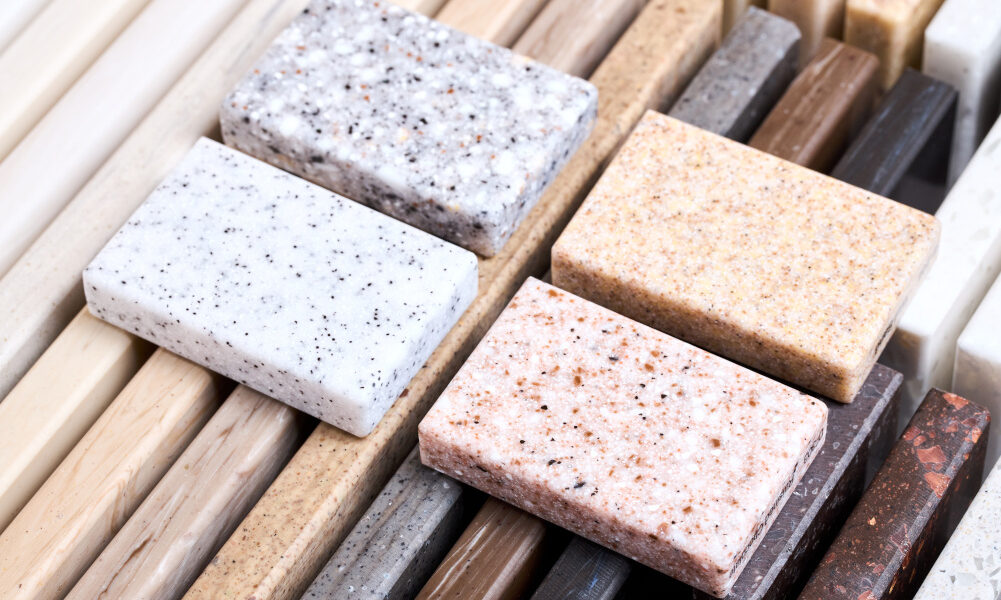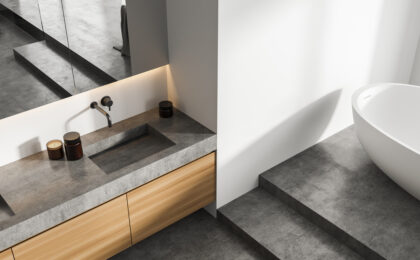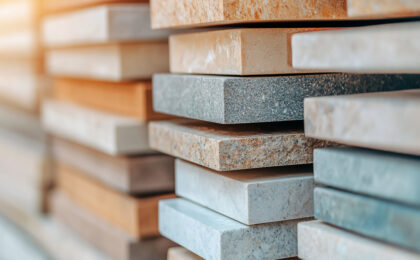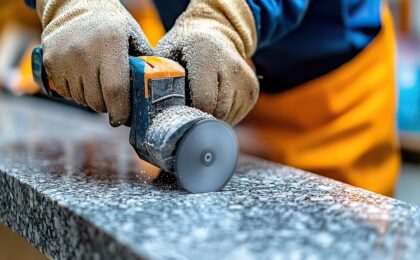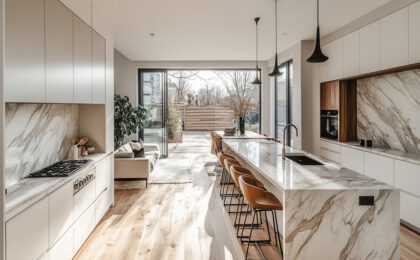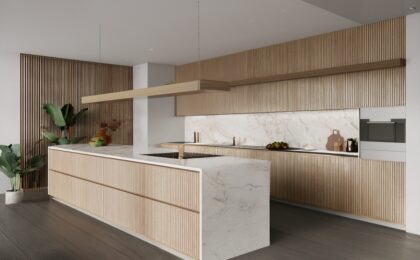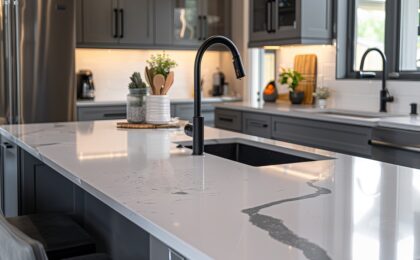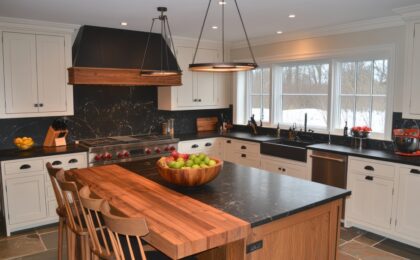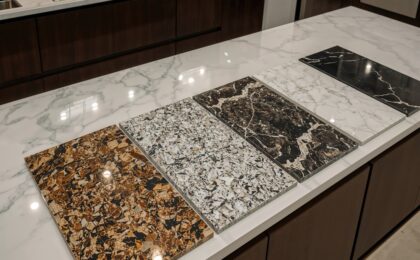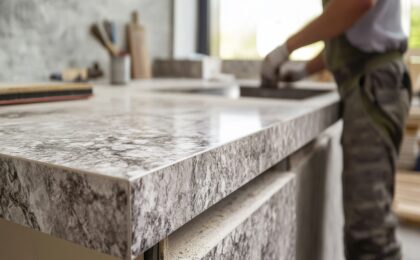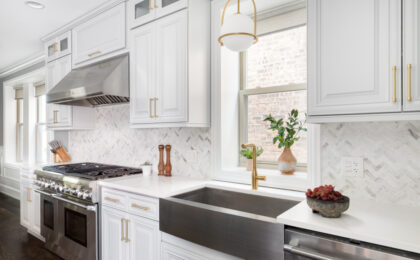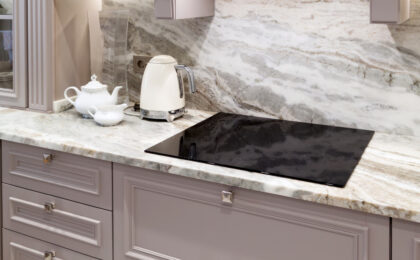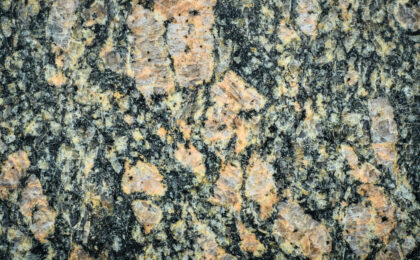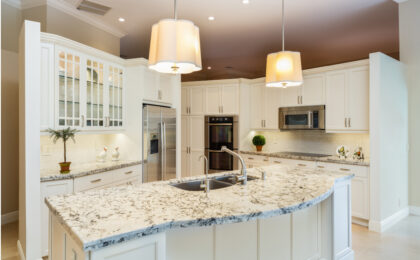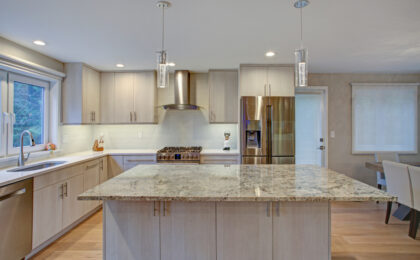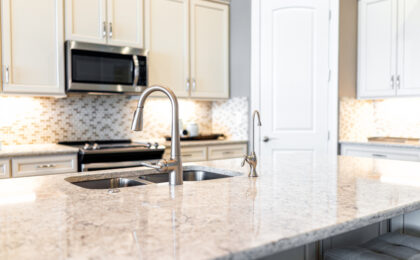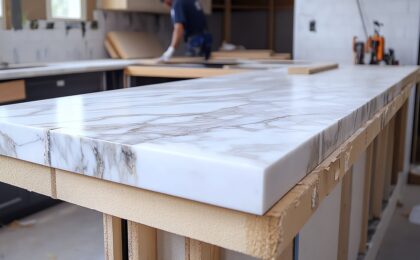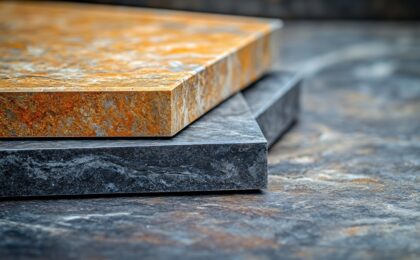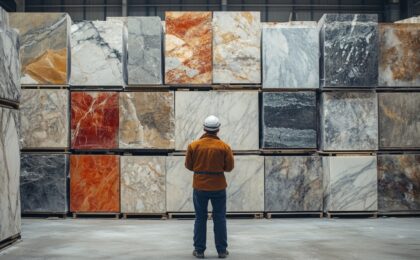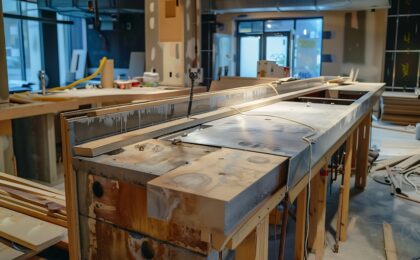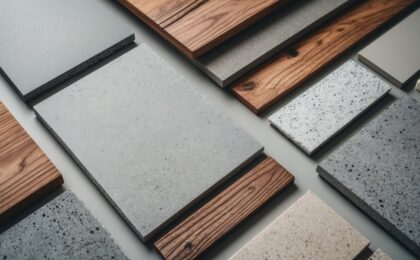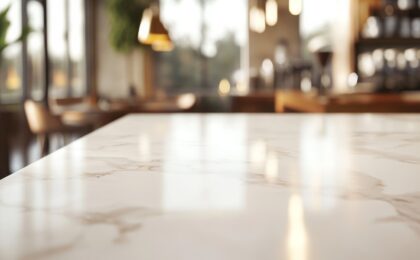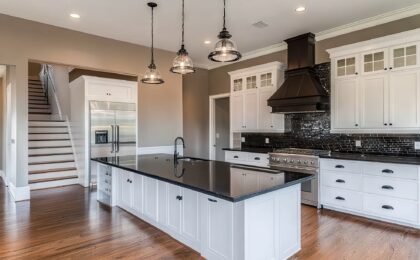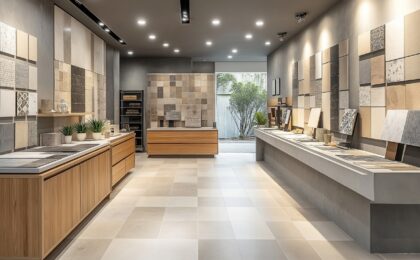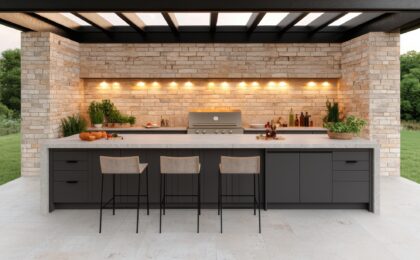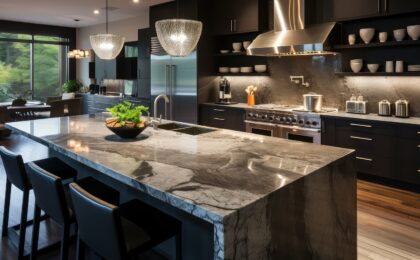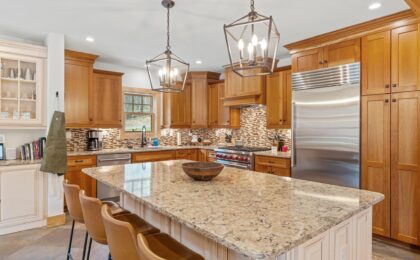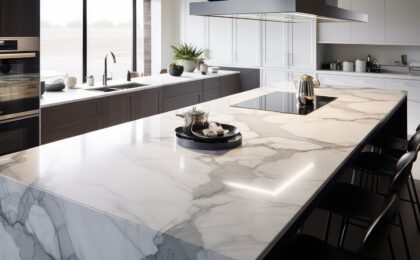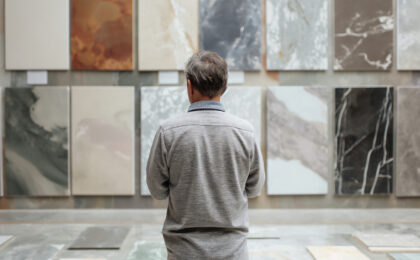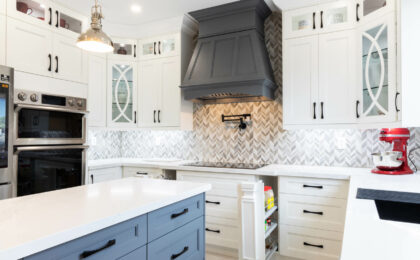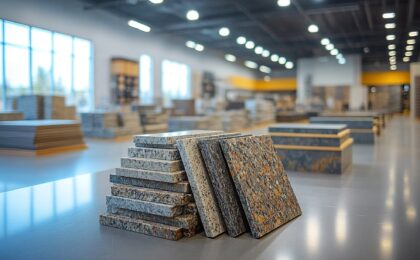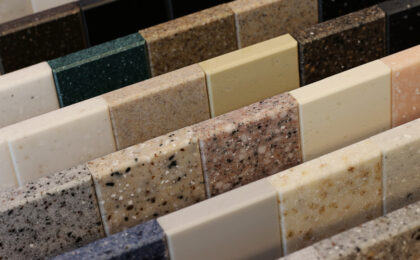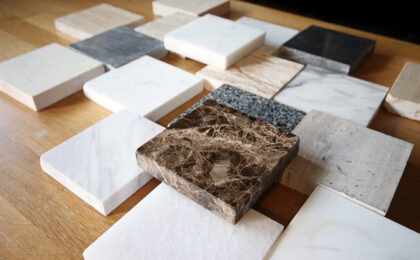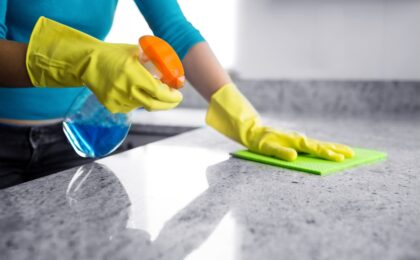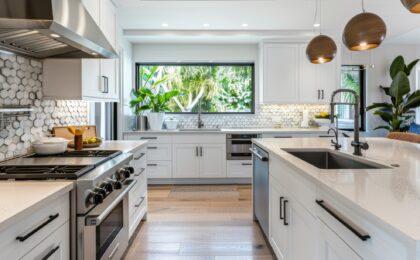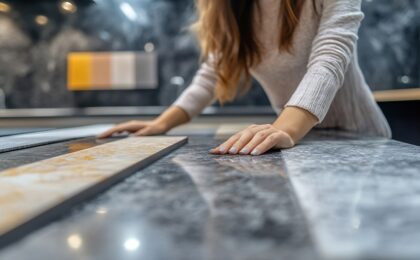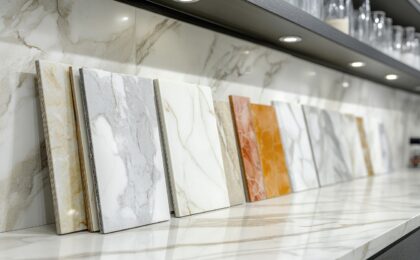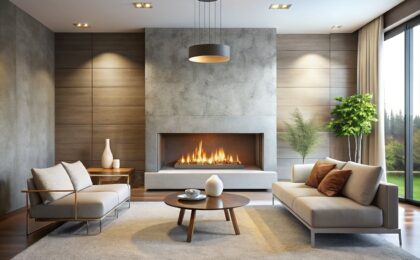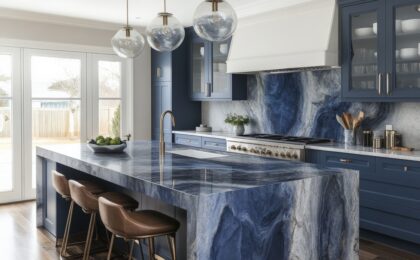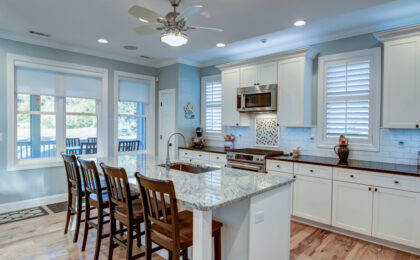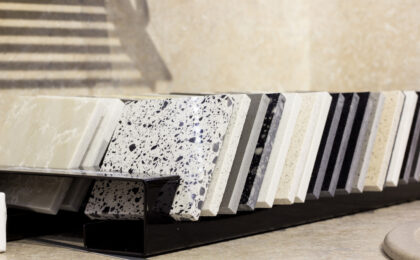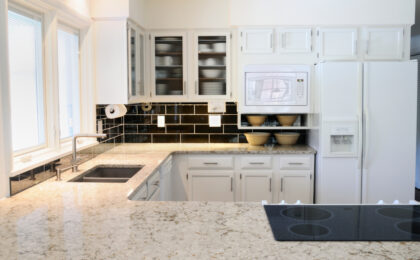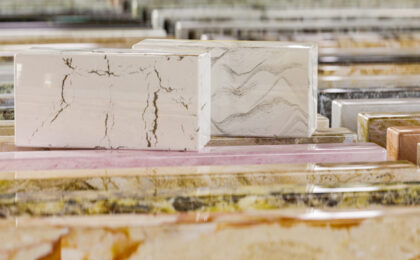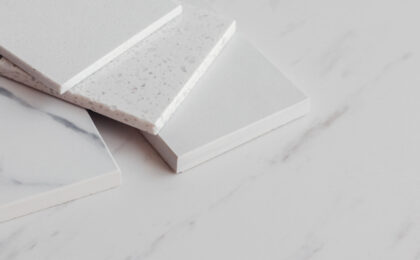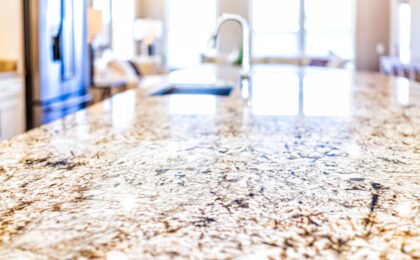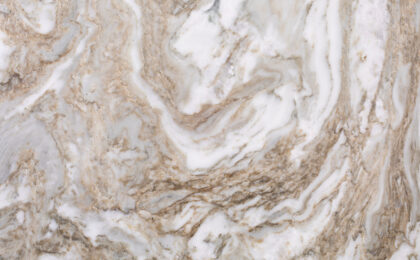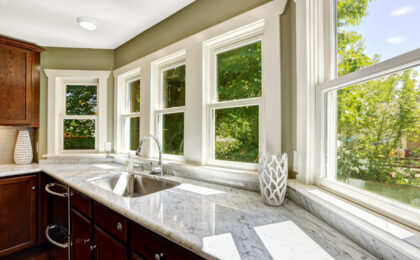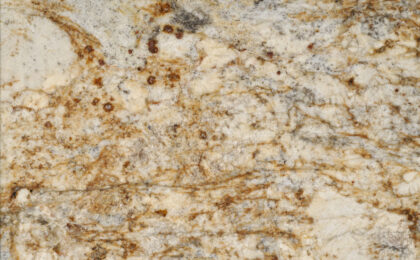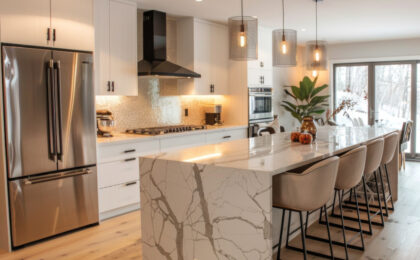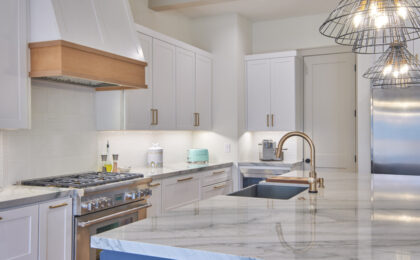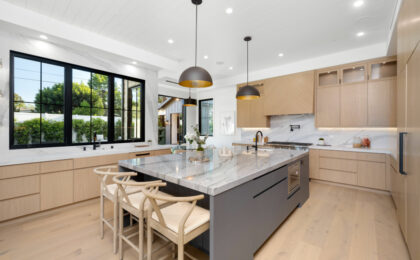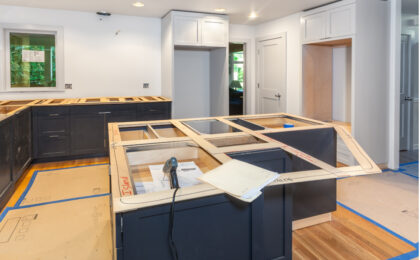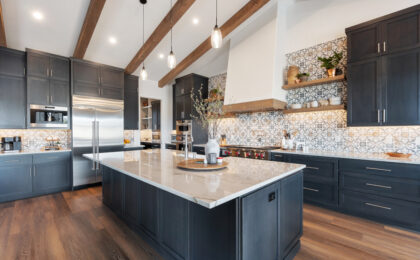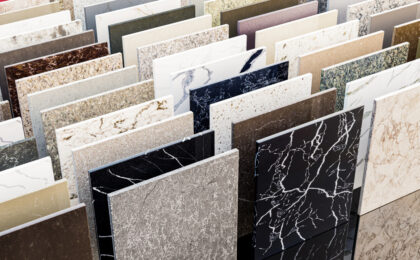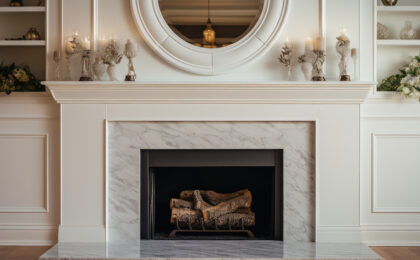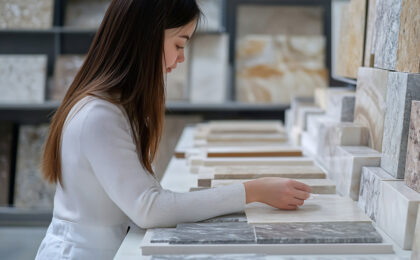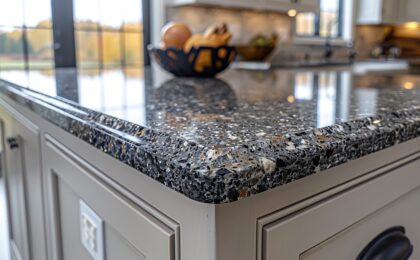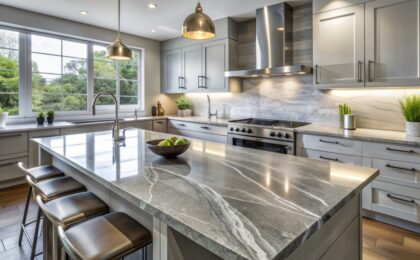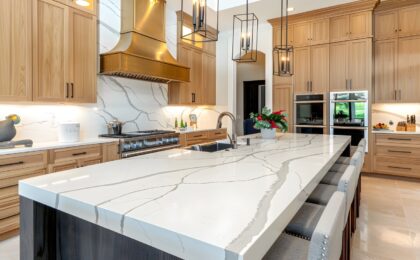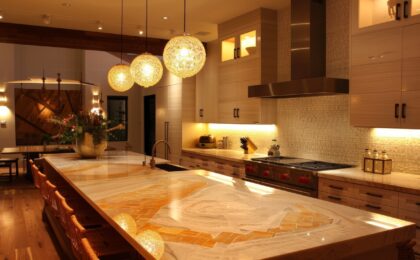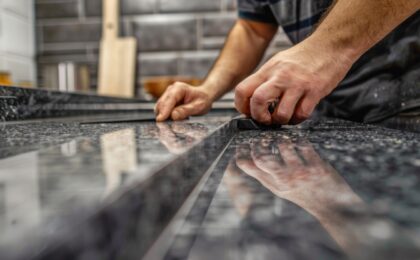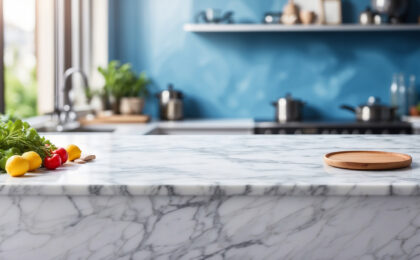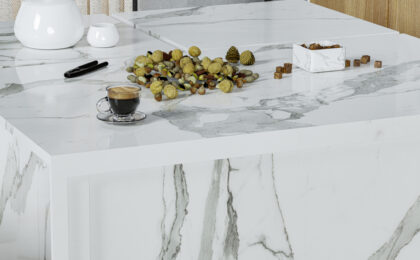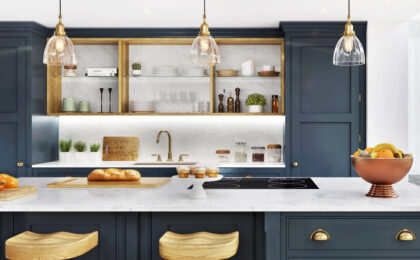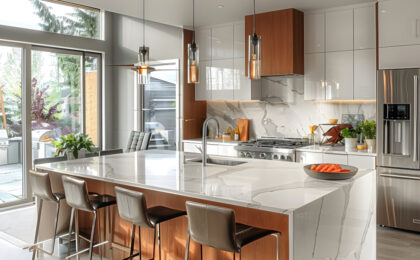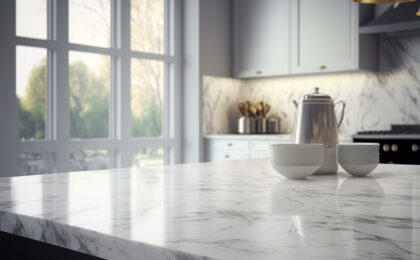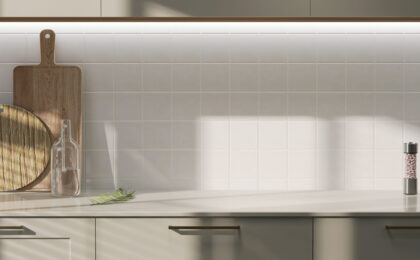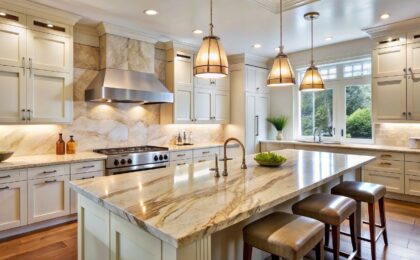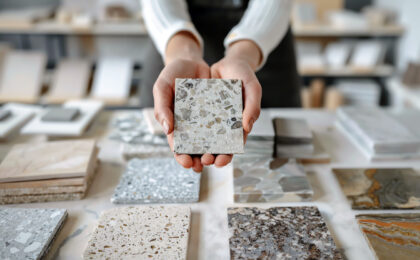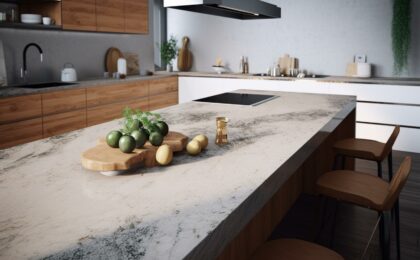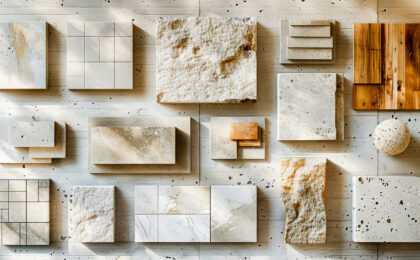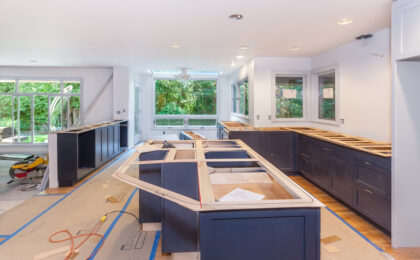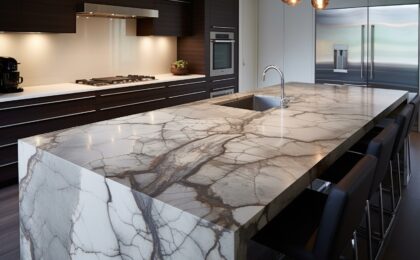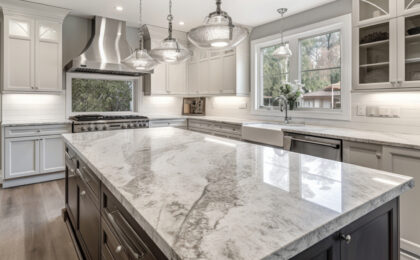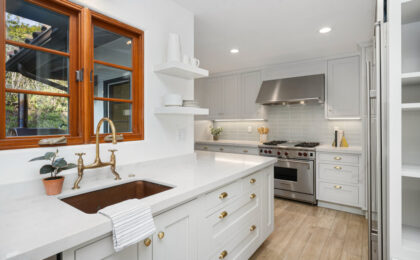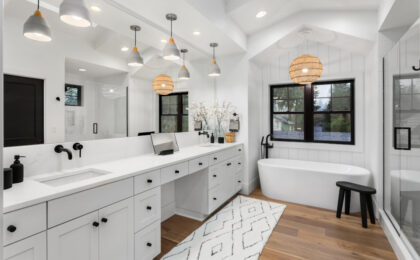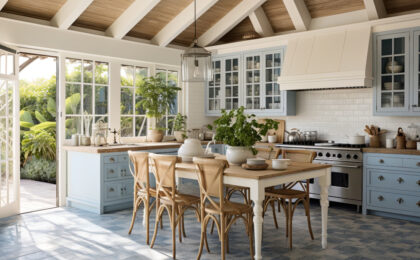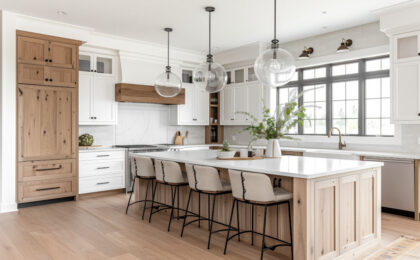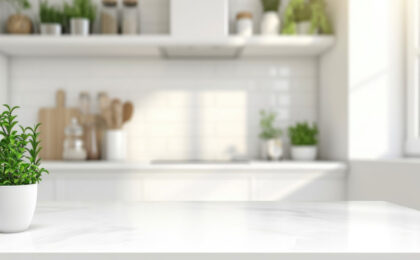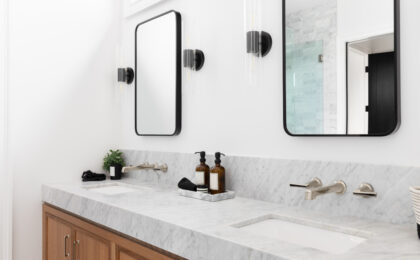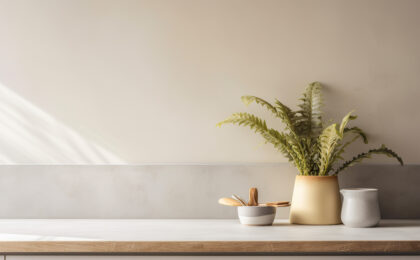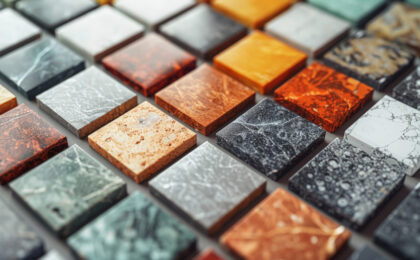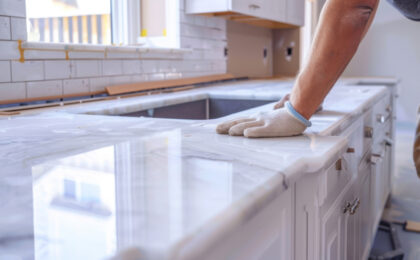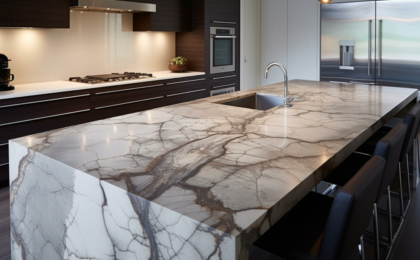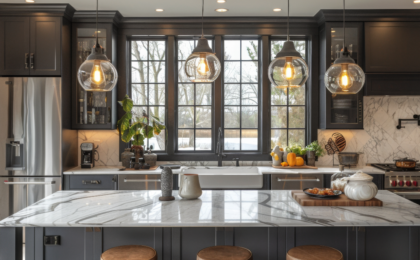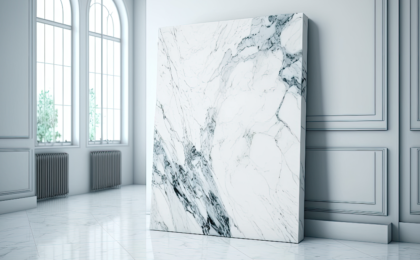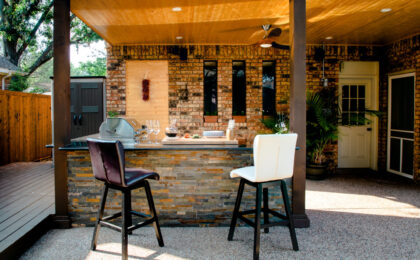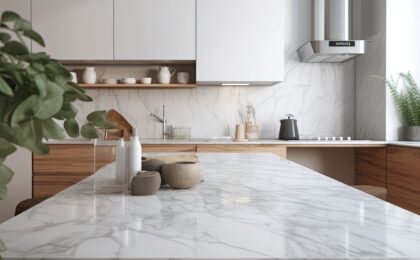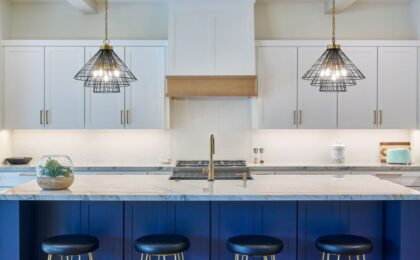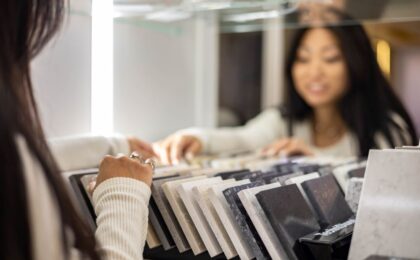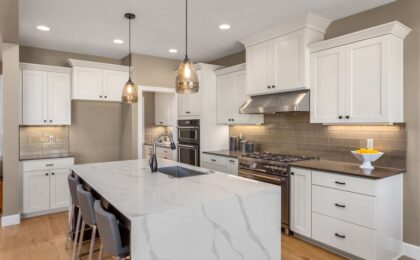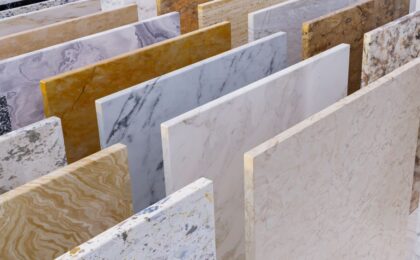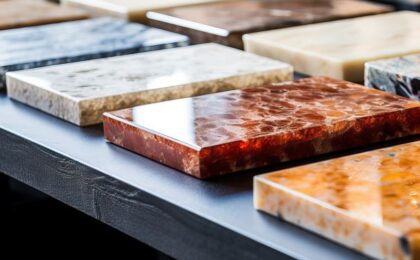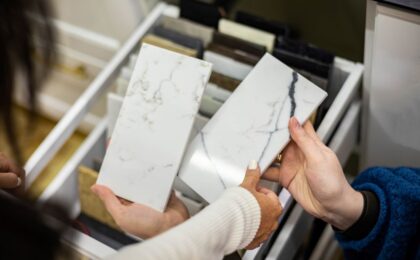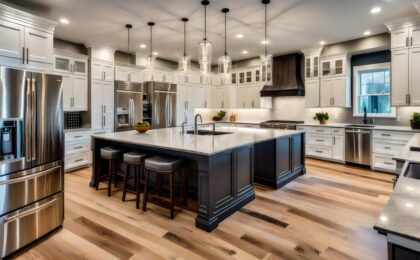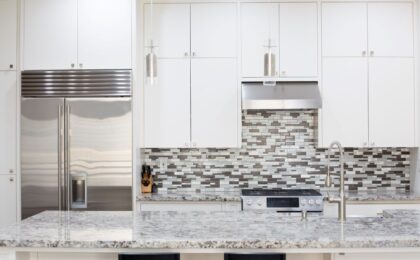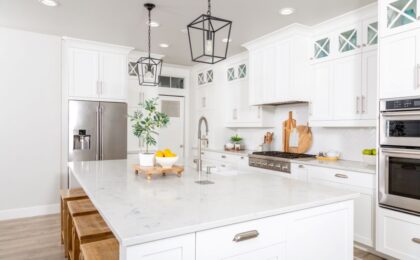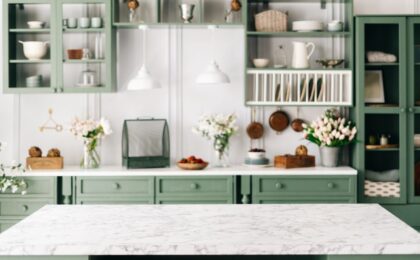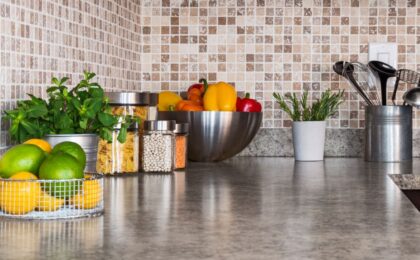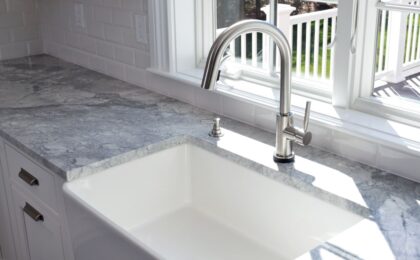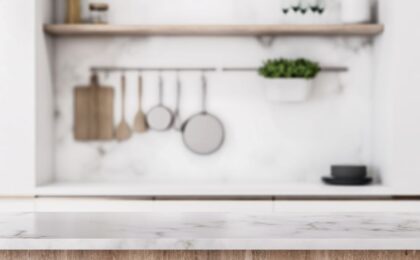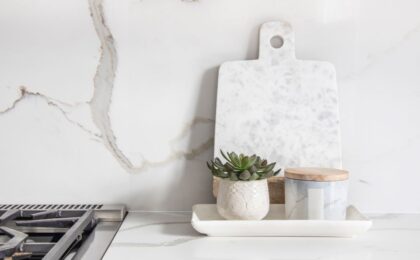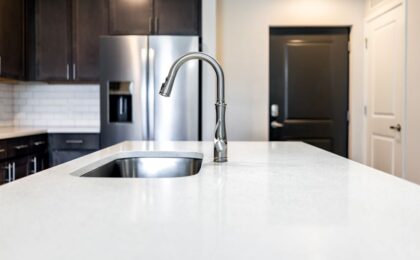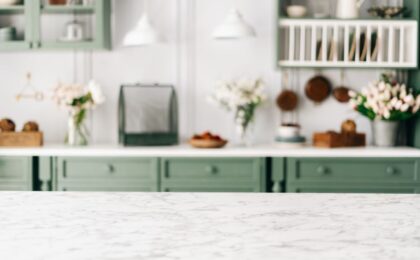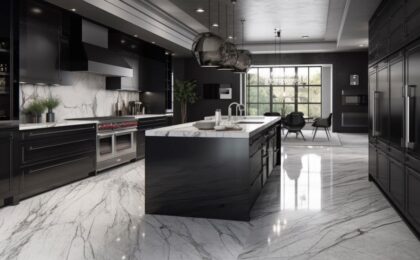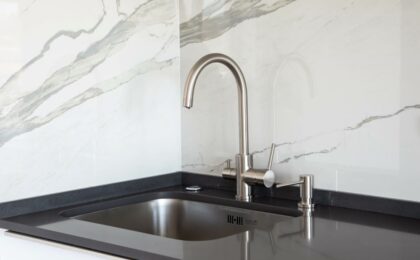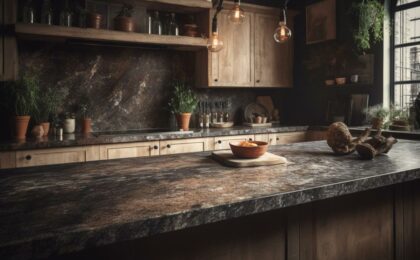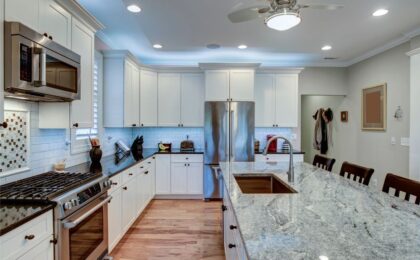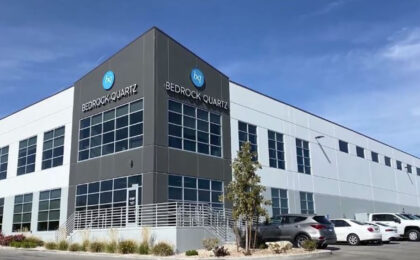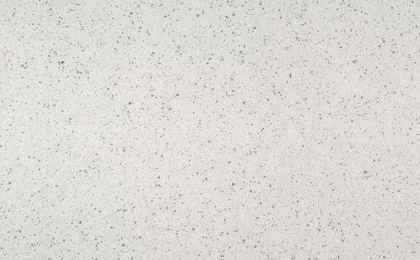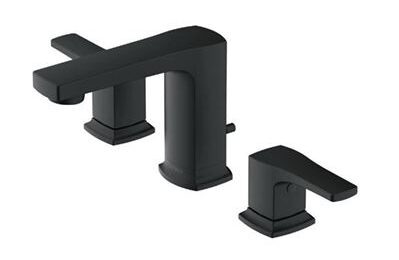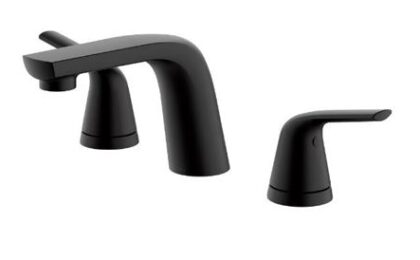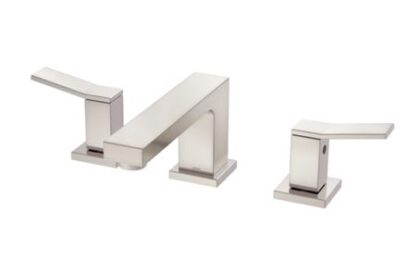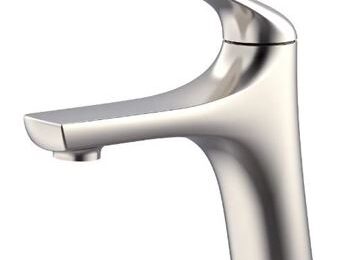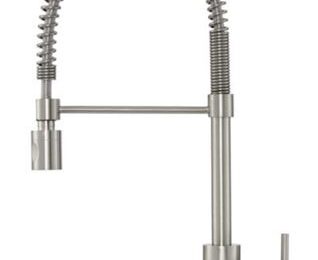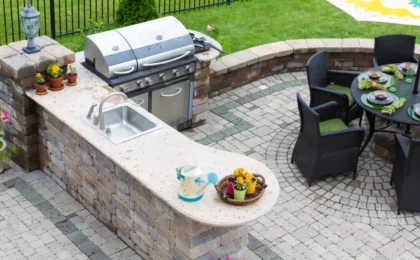Quartzite possesses some interesting characteristics that make it an ideal material for kitchen countertops, bathroom vanities, and wall cladding. Even more fascinating is the fact that many of these characteristics are tied directly to how quartzite is formed. If it were formed in any other manner, it probably wouldn’t be the same stone.
In the following paragraphs we explain the basics of quartzite formation and what it means to the stone’s properties. We encourage you to consider quartzite if you are in the market for new countertops. Feel free to stop by any of our Utah locations to see some quartzite samples for yourself.
A Metamorphic Rock
Quartzite is considered a metamorphic rock because it goes through quite a transformation to become what it is. It starts with quartz-rich sandstone. How rich? Without getting into actual numbers, quartz minerals make up the vast majority of quartzite’s volume.
Quartz minerals alone do not bind together very well. That’s why quartz countertops are manufactured by combining quartz minerals with a variety of resins and dyes. But getting back to quartzite, it is formed by nature over long periods of time.
Subjecting quartz-rich sandstone to both high heat and tremendous pressure does some amazing things. For starters, the quartz grains in the sandstone recrystallize before fusing together. This crystallization is responsible for the mosaic-like nature of quartzite crystals.
Heat and pressure also eliminate much of the porous space that exists naturally in sandstone. The resulting material is significantly more dense. It is also heavier.
The Characteristics We Love
The metamorphic process that turns quartz-rich sandstone into beautiful quartzite produces the characteristics we have come to love. Those characteristics are:
- Exceptional Hardness – Quartzite’s crystalline structure is observed through individual grains that are interlocked throughout the material. Interlocking crystals makes quartzite very hard.
- Exceptional Durability – The material’s hardness also makes it exceptionally durable. Quartzite is resistant to impact damage, cuts and scratches, and even heat.
- Exceptional Strength – Strength is a measurement of the amount of force a material can withstand before breaking. Quartzite’s combination of hardness and durability make it a very strong material.
- Low Porosity – Eliminating porous spaces from sandstone makes quartzite a low porosity material. It is considerably less porous than granite and marble. This is good for countertops for obvious reasons.
- Chemical Resistance – Quartz content of 90% or more, combined with low porosity, make a slab of quartzite resistant to chemical weathering. This contributes to what the stone looks like when it is quarried.
- Distinctive Patterns – Speaking of what quartzite looks like, the same heat and pressure that make it strong also creates distinct fracture patterns that give the stone its unique look. Incidentally, these fracture patterns distinguish genuine quartzite from sandstone.
Quartzite countertops are heat resistant and do not easily etch. Homeowners don’t have as much trouble with citrus fruits, vinegar, etc. when quartzite is chosen over marble or granite.
Thank the Planet
If you are a big fan of quartzite countertops, you can thank the planet for its contributions. The combination of heat, pressure, and time all work together to transform sandstone into one of the most attractive natural stones for kitchen countertops. Quartzite is a testimony to the beauty and majesty of this rock we call Earth.
Bedrock Quartz has a nice selection of quartzite, granite, marble, and quartz countertops to choose from. We invite you to visit one of our showrooms where you can see samples and speak to one of our team members. As always, remember that we install everything we sell. Choose Bedrock Quartz and be confident that you are getting the best.
